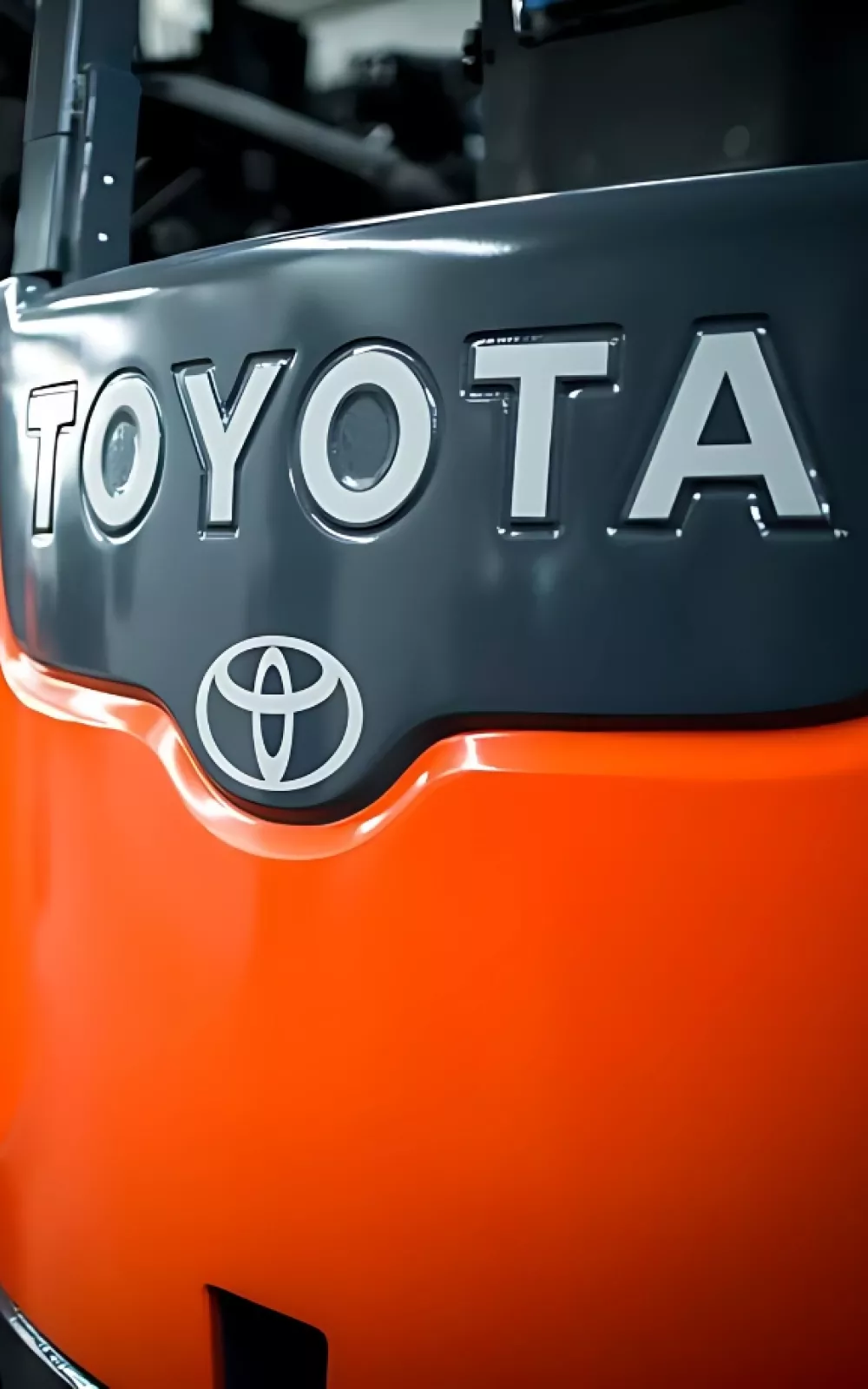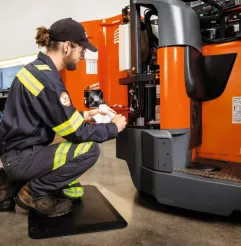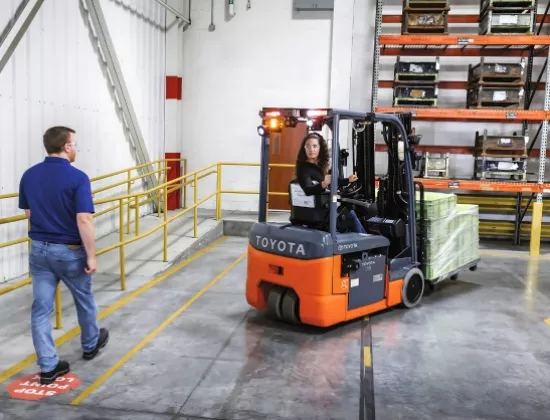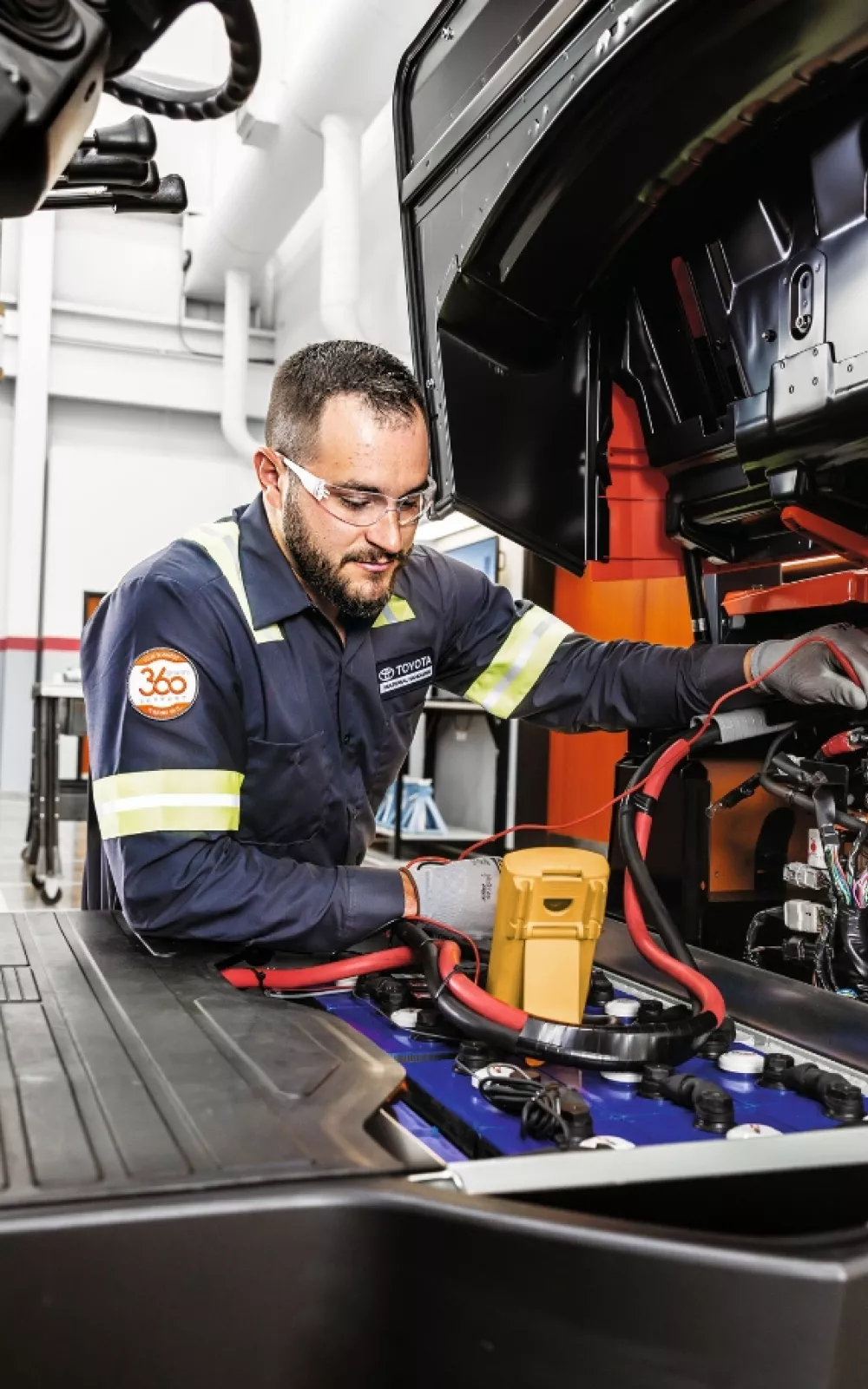Rent
ProLift offers daily, weekly, and monthly rentals. Find the right equipment for maximum productivity and safety.
Let us know how we can assist you! A ProLift specialist will connect with you to help with your material handling needs.

Choosing the right oil for your forklift is crucial for optimal performance and longevity. Learn how to select the best oil for your equipment and keep your forklift running smoothly in any work environment.

The forklift operator manual provides oil guidelines, but it's wise to consider what works best for your specific application. Forklifts are built for industrial, heavy-duty work. Without a quality oil that includes the right additives, major components of the forklift may show early signs of breakdown.
Consider a scenario where matching the oil and grease to the forklift's specific application leads to better performance and longevity of its parts. For instance, the mast pivot endures significant pressure and is often exposed to water and dirt from the ground. After switching to a more suitable grease for the bushings, the wear and tear on the equipment became noticeably less severe.
Your forklift oil selection when performing maintenance will depend greatly on its engine design. A standard sit-down counterbalance forklift may use 5W-30 or 10W-40 while diesel units require oil with additional additives.
The first number of the forklift oil description describes its viscosity at lower temperatures. The second number relates to the thickness at operating, or warmer, temperature. A lower viscosity will perform better in winter’s colder temperatures.
The recent trend for many forklift manufacturers is usage of lighter oil such as 5W-30 or 5W-40 for its fuel economy benefit. The lightness decreases the resistance of an engine turn, using less energy and oil.
Feel confident in your equipment's performance and reliability when you partner with ProLift for maintenance programs or service. Our team is also available to source replacement parts.

When you need help installing a part, count on ProLift for expert forklift service and repair, with a guaranteed 4-hour response time.
ProLift is your one-stop shop for dock and door, forklift, and industrial battery maintenance. Contact us today to be connected with a sales consultant.

ProLift guarantees a response to your breakdown call within 4 hours or your first hour of labor is free.
Our aftermarket solutions keep your operations running smoothly. Explore ProLift's comprehensive support today and see how we can elevate your material handling operations.





Tell us how ProLift can help. We will connect you with a specialist to answer your questions and provide a quote.

Let us know how we can assist you! A ProLift specialist will connect with you to help with your material handling needs.
